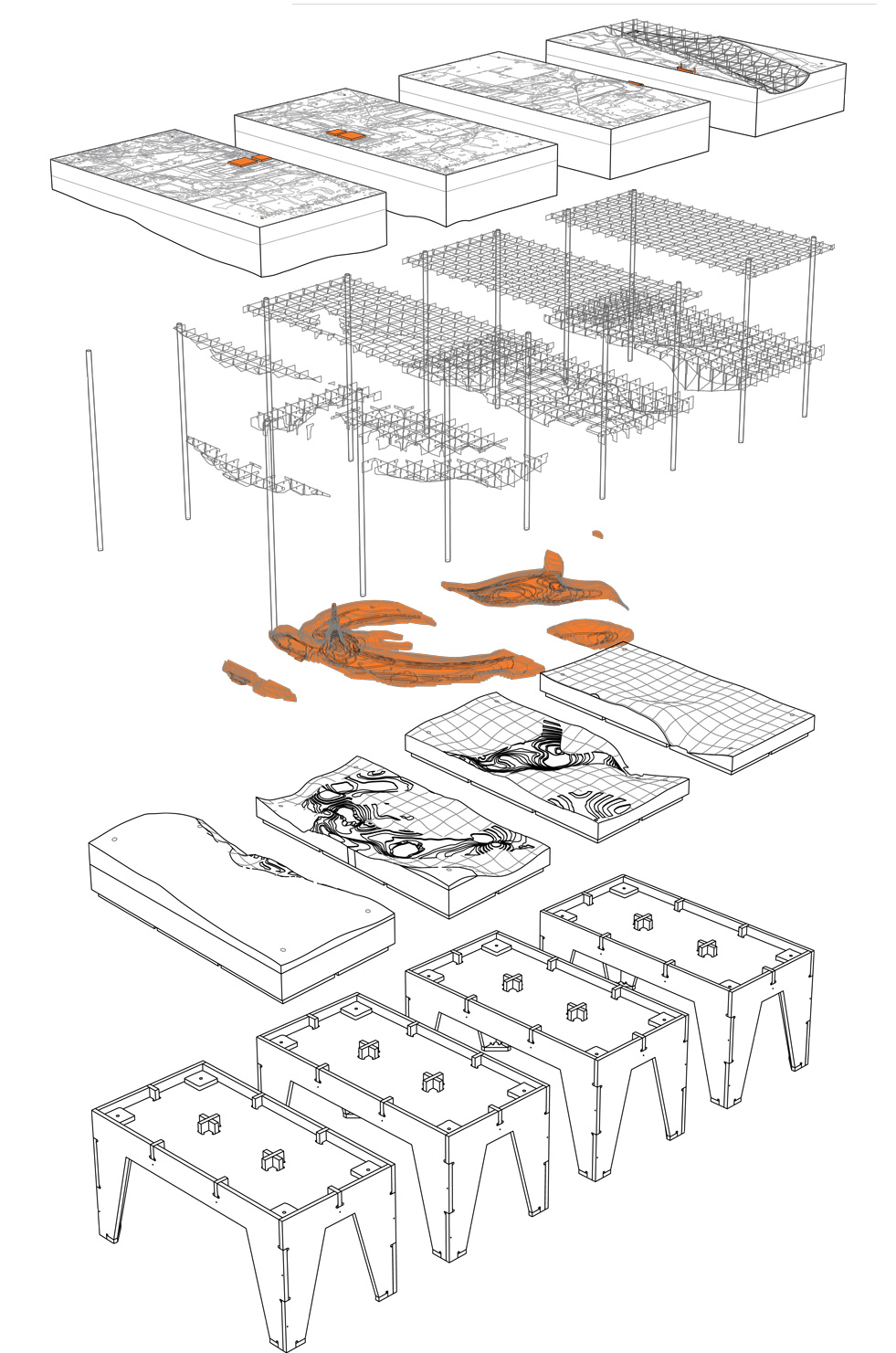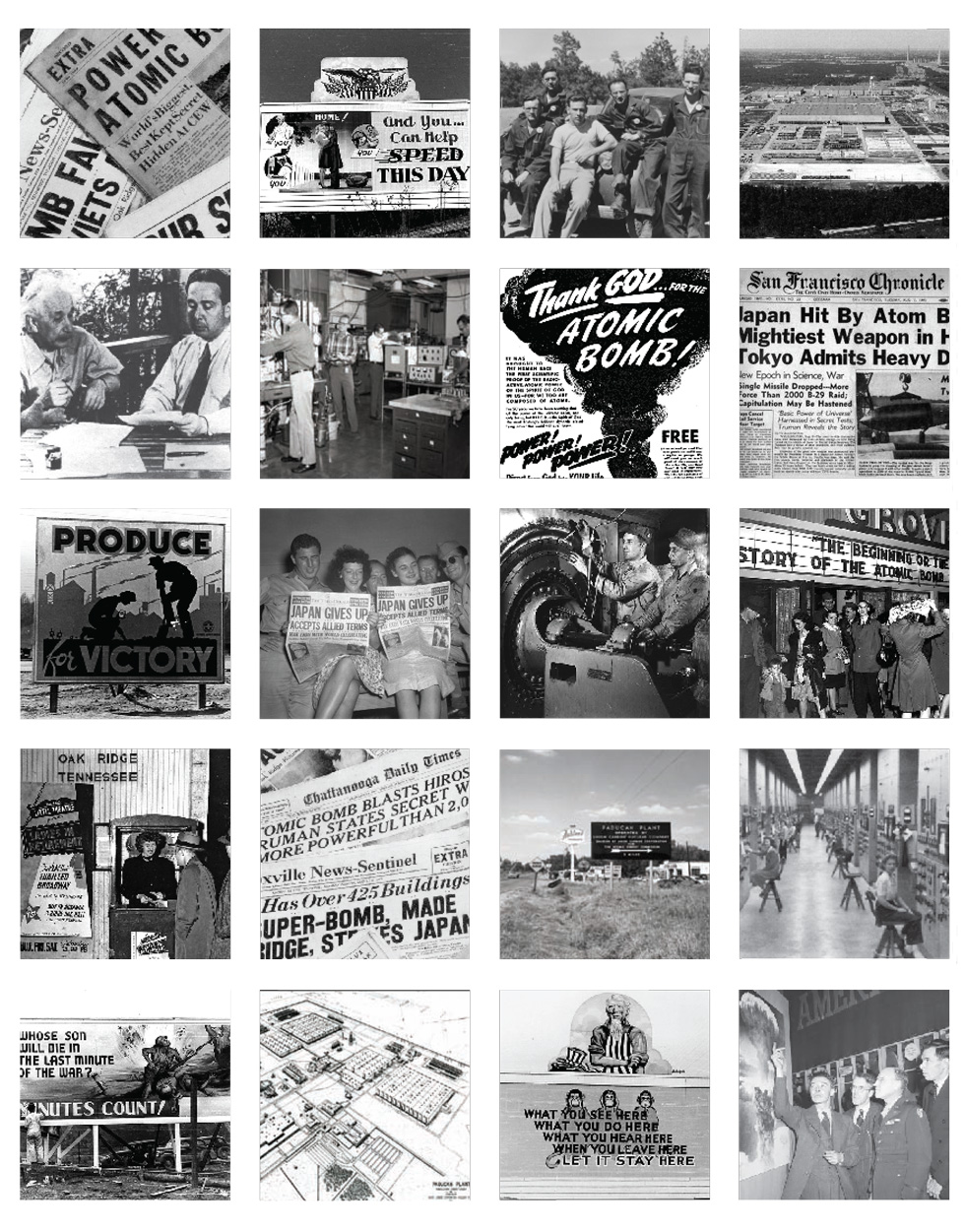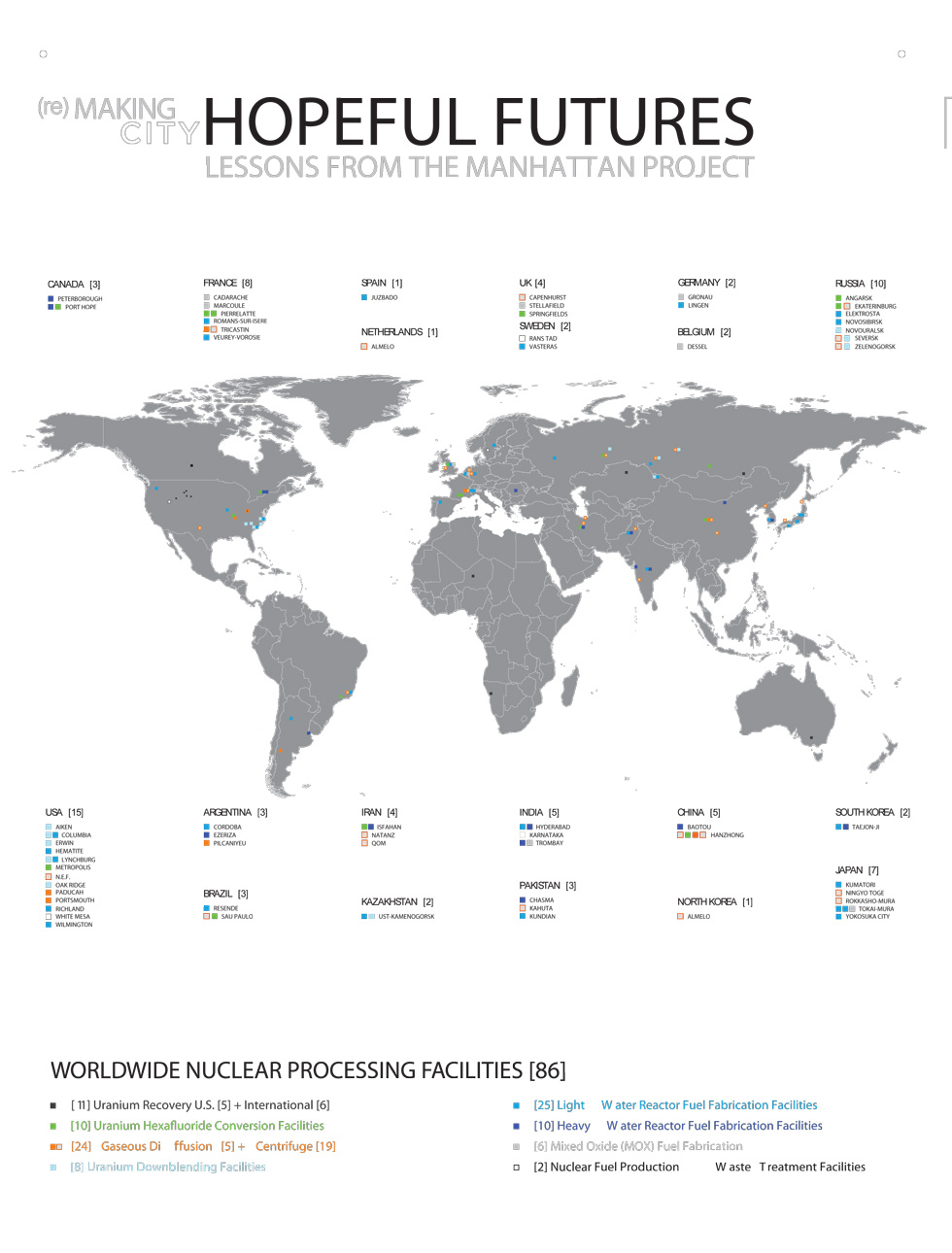About KRCEEAdmin
This author has not yet filled in any details.So far KRCEEAdmin has created 34 blog entries.
a24
KRCEEAdmin2021-02-19T03:33:57-05:00Manhattan Redux
Over the three semesters from the spring of 2011 through the spring of 2012, the Manhattan Redux and Paducah + studios have been working as Atomic Cities Research Teams, which in turn are a part of University of Kentucky College of Design’s (UK CoD’s) River Cities Projects.
The Spring 2011 Manhattan Redux studio took on the tremendous challenge of developing a 150 year scenario plan for one of the most contaminated top-secret sites in the nation’s history, the Padauch Gaseous Diffusion Plant(PGDP). The site, which has been the point of origin for fissile materials bound for both energy and defense for the last 60 years, consequently has a nearly five mile long heterogeneous plume of contaminants running beneath it. Slated for closure in the near future, the PGDP has been the primary generator of the regional economy for over half a century, initially providing tens of thousands of high-paying jobs. Closure will eliminate the 2,500 employees that are left. Still, there is tremendous uncertainty regarding the plume that lurks below. The Manhattan Redux studio refused to be disheartened by this somewhat overwhelming scenario, and instead channeled the audacity of original Manhattan Project scientists by proclaiming that instead of the region’s demise, the plant’s problems are indeed the solution. The studio proposed an economy generated by the serious undertaking of cleanup, and built a first-ever 1:350 scale model of the site and plume itself. The model is intended to provoke conversation and debate among scientists, and to communicate issues to the public, all with the hope of stimulating progress toward resolution of aquifer and ground contaminations, enabling regeneration of the site and region.
The Fall 2011 Paducah + studio started with the Manhattan Redux studio’s conclusion that the problem is the solution. The studio was organized into three groups, each related to one another in multiple ways. In this way, a networked set of processes was proposed. The Paducah + group considered Paducah’s particular issues through an analysis of nine global cities, each with toxic concentrations similar in size or virulence to Paducah’s plume.
This group considered Economic, Environmental, Energy and Education (the four E’s) as parameters essential to the health and growth of any community, and they are proposing a methodology for the regeneration of these towns through alignment and equilibration of the four E’s. The Radical Remediation team researched remediation methods and also proposed a demonstration. The proposed treatment facility for the site will be based on a local knowledge of the infrastructure, dependent upon local labor, focused on a local problem, but also generating intellectual capital and technical innovations exportable to the world. The Radical Remediation group is proposing remediation techniques at the nexus of biotech and robotics – interrelating freely across humans, things, technology and nature. Rather than propose a typical plan, or planning guidelines, the site team is proposing performance specifications for operations at the site that might successfully generate continued stability and growth, across Energy, Environment, Economy and Education – seen as the essential building blocks of a healthy community. The site team’s work is interrelated with the macro-economic principles proposed by the Paducah + group, and the regenerative potentials found in the Radical Remediation group.
The Spring 2012 semester’s task was to gather all of the materials developed in the first two semesters and coalesce them into a thoughtful, concise, provocative and hopeful story. This story will be presented in several venues, including: the National Citizens Advisory Board meeting in Paducah, attended by representatives from all 200+ DOE legacy contaminated sites across the United States, the University of Kentucky Center for Applied Energy Research Exhibition on April 27, where various State and Local officials were present, and as part of UK CoD’s River Cities Project at the International Architecture Bieannial Rotterdam (IABR) opening on April 18 – attended by over a 100,000 planners and designers from every country in the world. The studio’s optimum outcome would be to successfully link all of these venues with the idea that – The Problem is the Solution.
a21
KRCEEAdmin2021-02-19T03:31:46-05:00(re) Making City, HOPEFUL FUTURES,
Lessons from the Manhattan Project
Introduction
The Manhattan Project began in 1939 in an earnest attempt to develop the nuclear power and weapons that were to protect the West and its global interests. The Paducah Gaseous Diffusion Plant (PGDP), built at the conclusion of the Manhattan Project and the beginning of the Cold War was the first stop for all of the raw uranium to be enriched for the nation’s energy and weapons programs. Paducah was only one of dozens of similar sites nationwide, most top-secret, each part of this network which provided essential processing, manufacturing and services to the Nation’s nuclear program.
The Atomic Cities Research Group took on the task of proposing a hopeful future for the PGDP. Recognizing that we are not hydro geologists, economists, or decontamination specialists, but designers, what role can we play in proposing the plant’s future? Furthermore, what is the magnitude of the contamination below? What type of contamination exists? Should we try to preserve the jobs at the plant, or recreate them? What can be done to preserve the enormous structures on the site?
Faced with these and other seemingly insurmountable questions, we began to exemplify the audacity of the original Manhattan Project scientists. How were they able to maintain confidence in the face of so many daunting questions? How did they mitigate the risks involved in pursuing such speculative work – with almost unimaginable consequence? Over time we have realized that this is the territory where designers typically operate best. Not as specialists, but as generalists, we began putting together the pieces of this enormous puzzle. Over time, we began to understand some of the complex interrelationships that resulted in the site’s present condition and began to determine how they would need to change for progress to occur.
a20
KRCEEAdmin2021-02-19T03:31:21-05:00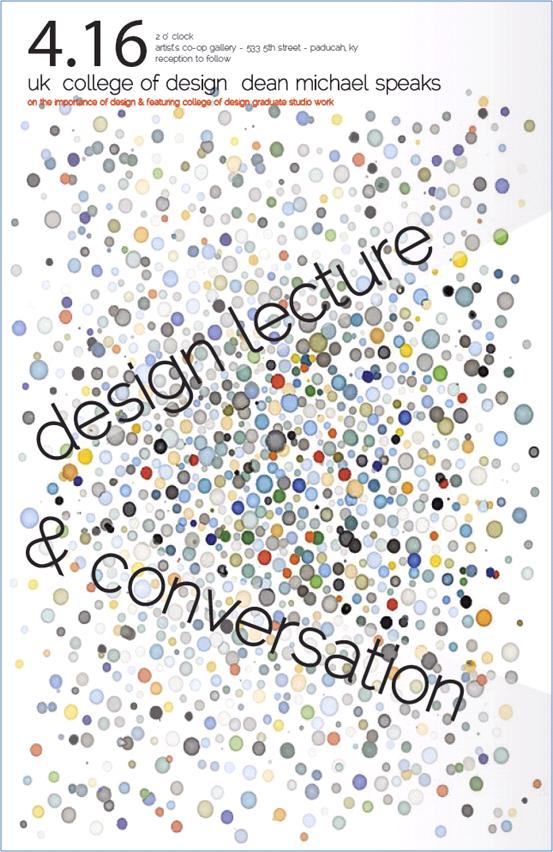
April 16th 2011 CoD Lecture in Paducah – First Public Presentation & Discussion about PGDP Physical Models and Atomic Cities Project.
a19
KRCEEAdmin2021-02-19T03:30:19-05:00University of Kentucky College of Design: Atomic Cities Graduate Design Studio
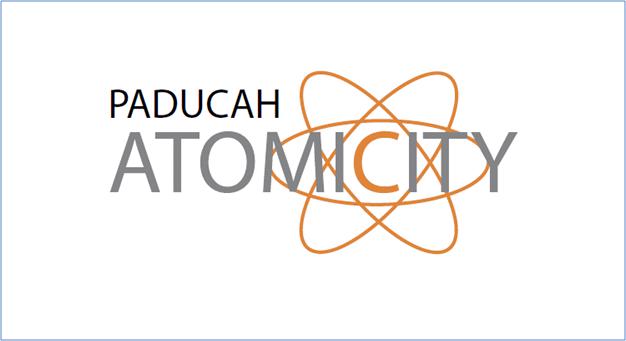
Download a copy of “Paducah; Atomic City” by the University of Kentucky, College of Design Stuudents, January 2011. (52 MB)
a18
KRCEEAdmin2021-02-19T03:27:44-05:00Atomic Cities
Atomic Cities – University of Kentucky CAER Exhibition
a17
KRCEEAdmin2021-02-19T03:25:38-05:00The Models
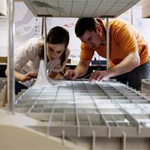
Model 1 – Manhattan Redux Studio – PGDP Aquifer and Environs
PGDP PLUME MODEL
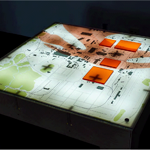
Model 2 – Paducah + Studio – PGDP Industrial Area
PGDP INDUSTRIAL SITE MODEL Exhibition + Scientific Tool
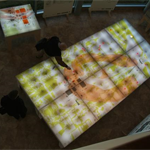
Model 3 – Making City Studio – PGDP and Vicinity Layer Model
8 Piece PGDP Site Layers Model Exhibition + Scientific Tool
a16
KRCEEAdmin2021-02-19T03:21:09-05:00Physical Models Project Team
Project Manager:
Steve Hampson
Principle Investigators:
Anne Filson AIA, Filson and Rohrbacher, UK CoD Asst. Prof.
Gary Rohrbacher AIA, Filson and Rohrbacher, UK CoD Asst. Prof.
Post-Graduate Research Assistants:
Maggie Clines
Sydney Kidd
Carolyn Parrish
Graduate Research Assistants:
Mikaela Coston
Ross Graham
Jennifer Jourdan
Michael Schenkenfelder
Students:
Bridgett Click
Mikaela Coston
Lindsey Elza
Matthew Gannon
Lauren Gilliland
Seth Gover
Ross Graham
Christopher Hayse
Jennifer Jourdan
Jon Lee
Jenna Martini
Melvin McClure
Heather Micallef
Bobby Morris
Joseph O’Toole
Nate Owings
Araba Prah
Bradley Prinze
Josh Robinson
Anne Schwab
Taylor Steele
Katherine Vanhoose
Kellin Vellenoweth
Carrie Wahl


